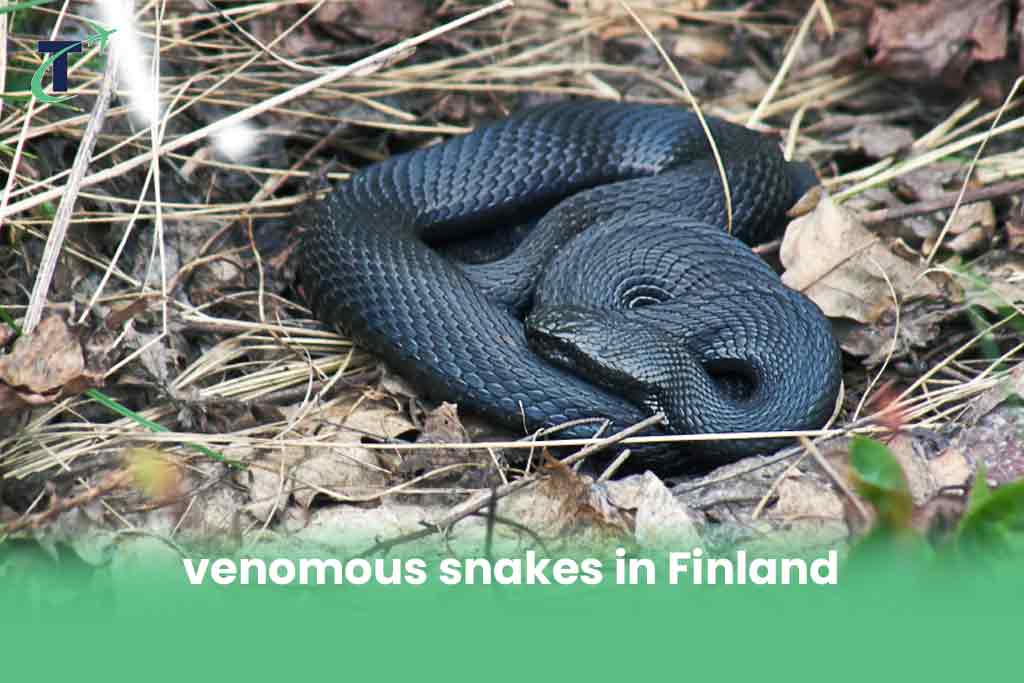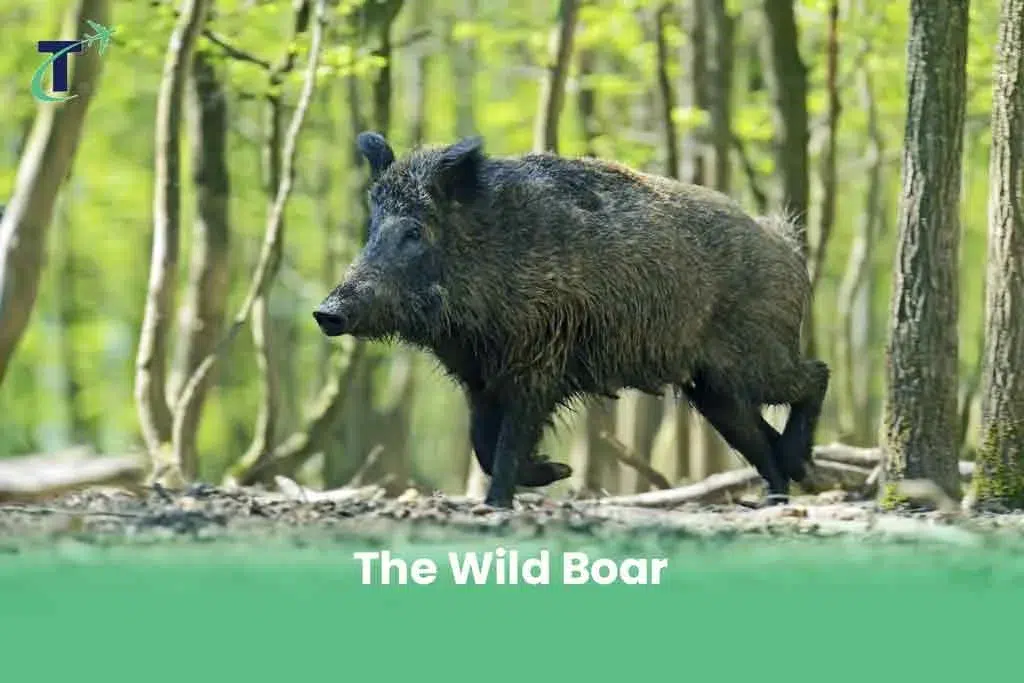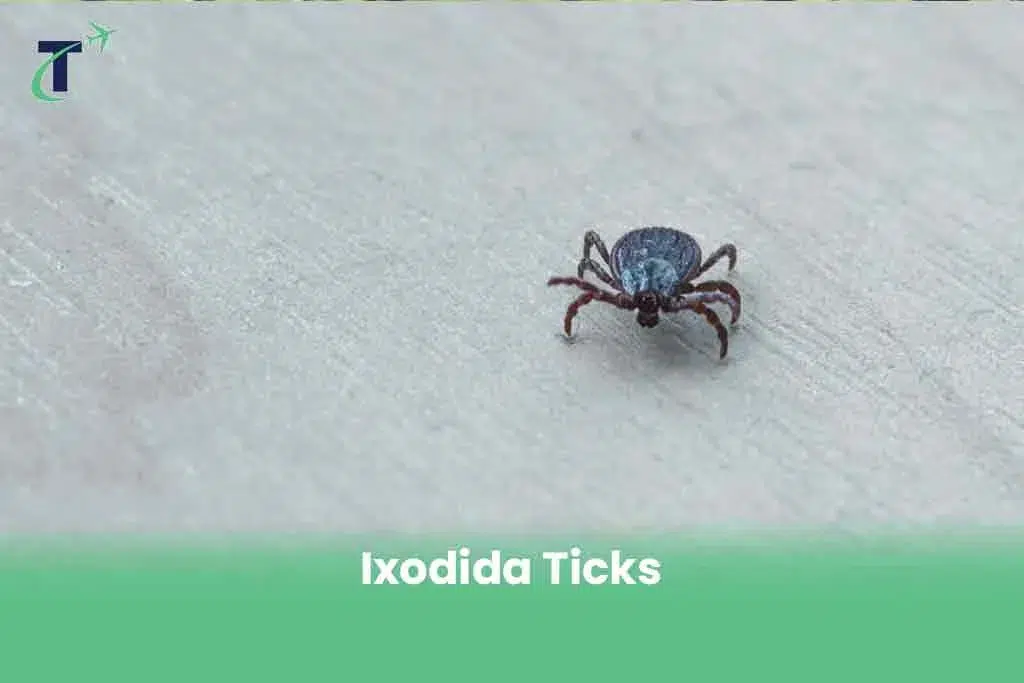Finland is a beautiful country with a lot of woods, pristine lakes, and breathtaking Northern Lights. However, there is another side to that is not as well known: its wide variety of deadly species and most dangerous animals in Finland
Although most of Finland’s wildlife hazards are reticent and difficult to approach, there are a few that might do serious harm if not handled properly.
The purpose of this page is to educate readers, both locals and tourists, on the deadliest creatures that inhabit Finland.
Suppose you want to enjoy the Finnish wilderness without fear. In that case, you need to be familiar with its many wildlife species, such as the powerful European Brown Bear that stalks the woods and the poisonous European Adder that hides in the grass.
So, if you are interested in knowing the most dangerous animals in Finland, just follow us up to the end of the article.
(+6) Dangerous Finnish Animals Guide & tips for safety
In the wilderness of Finland, there are many different species, but only a handful of them are considered to be potential dangers to people. Also, be wary of the local animals if you go into rural or wilderness parts of Finland; they can be dangerous.
more articles : Dangerous Animals in Norway
Here are the (6) most dangerous animals in Finland that are considered, and we want to talk about them to continue:
2. An Enormous & Fearsome Predator: The European Brown Bear in Finland

One of Finland’s most formidable predators is the European brown bear. Despite their aversion to humans, these magnificent animals sometimes come face to face, particularly in more distant locations.
The large wilderness regions of eastern and northern Finland are the most common habitats for brown bears. European Brown bears in Finland don’t usually attack, but they may turn deadly when startled, frightened, or worried about their young.
Safety Tips
- Do not hike alone in regions where bears are present.
- To avoid startling a bear, hike while making noise.
- Stay put if a bear crosses your path. When confronted by a bear, it is best to retreat gently.
- Bring bear-proof containers when you are camping so you can keep your food safe.
2. Misinterpreted & Dangerous: The Wolf

Finnish wolves are often misunderstood, and they are the other dangerous animals in Finland. Their reputation for evasion precedes them, and they are mostly found in the eastern parts of the country.
Wolves very seldom attack people, but they can be a problem for farmers since they are dangerous to animals. The secret to peacefully living with these top predators is learning their habits and keeping your distance.
Safety Tips
- If you happen to see a wolf, please keep your distance.
- It is not a good idea to feed wolves.
- Even though it’s quite improbable if you do meet an angry wolf, stand tall, yell, and attempt to seem bigger.
3. Only venomous snakes in Finland: European adder

Finland is home to only one species of poisonous snake, the European adder. These snakes are active from April to September and may be found throughout the nation.
Their venom is usually not lethal to humans, but bites may lead to serious discomfort and health problems.
It’s crucial to use caution while venturing out into Finnish nature, particularly in rocky regions and sunny glades where adders can be lounging.
Safety Tips
- When you’re strolling in grassy or forested regions, be sure to wear long trousers and boots.
- Snakes are less common in wide, well-traveled paths, so stick to them.
- Never try to suck out venom from an insect bite; instead, get medical help right away.
4. Unsociable & Covert: The Eurasian Lynx.

Another predator native to Finland’s wilds is the elusive and reclusive Eurasian lynx. It is important to exercise care around lynxes because, while assaults on people are uncommon, they are skilled hunters.
Their natural habitat is the thick woodland of eastern Finland, where they catch a wide range of animals.
Safety Tips
- You shouldn’t go near a lynx if you happen to come across one; lynx are naturally timid and will often avoid people.
- In regions where lynx are known to inhabit, it is prudent to keep young children and pets close by.
5. An Emerging Danger: The Wild Boar

In recent years, wild boars the other most dangerous animals in Finland, particularly in the southern parts of this country, have become more widespread.
If these creatures feel threatened, especially when caring for their young, they may exhibit violent behavior. They may be a nuisance since they ruin gardens and crops and sometimes get into fights with people.
Safety Tips
- Extreme caution is required at night and in regions where wild boars are known to roam freely.
- You should back away from a wild boar gently and silently if you come across one. Never put them in a corner or make them feel threatened.
- To keep wild boars away from your campsite and food supplies, secure them.
6. A Hidden Wilderness Threat in Finland: Ixodida Ticks.

Finnish ticks, particularly Ixodidae, are among the most dangerous animals in Finland yet often overlooked due to their small size.
Public health is severely impacted. These tiny creatures flourish in Finland’s lush woodlands and grassy areas and may spread severe Lyme disease and tick-borne encephalitis (TBE).
Tick counts in Finland are growing due to warmer weather and land use changes, scaring outdoor enthusiasts.
Exploring Finland’s natural areas requires tick repellents, long garments, and thorough post-excursion examinations. Awareness and caution are needed to reduce the risks of these stealthy Finnish woodland inhabitants.
Safety Tips
- Avoid getting ticks by protecting yourself and your garments with a tick repellant.
- Once you’ve been outside, be sure to check yourself, anybody else you’re with, and your pets for ticks.
- Use fine-tipped tweezers to remove any adhered ticks quickly and accurately.
What are the general tips about the most dangerous animals in Finland?
- Get to know the local flora and fauna before your trip.
- Keep animals and their environments in mind.
- If you’re going to be venturing into uncharted territory, make sure someone knows when you’ll be back.
- Know the basics of first aid and always have a first aid kit on hand.
In order to fully appreciate Finland’s stunning landscapes without endangering yourself, it’s important to observe certain safety guidelines.
Conclusion
Last but not least, despite Finland’s stunning landscapes, the country is home to many animals, some of which are endangered and dangerous to people.
Any adventurer venturing into the Finnish wilderness must be well-versed in the native flora and fauna, including the stately European Brown Bear, the elusive Eurasian Lynx, the little but consequential European Adder, and disease-carrying ticks.
The most important thing is to be careful, pay attention to the signs of danger, and respect the animals if you want to enjoy these beautiful areas without harm.
We can live harmoniously with Finland’s varied flora and wildlife if we follow safety protocols and learn about these animals.
Both our own and these animals’ well-being are assured by this heightened consciousness, which is critical for maintaining the delicate ecological balance of Finland’s one-of-a-kind ecosystem.
Do you have the experience to travel the Finland? Do you know the most dangerous animals in Finland?




